A lipid-lowering diet is a therapeutic diet developed by nutritionists . The diet provides for the exclusion from the diet of animal fats and easily digestible carbohydrates. It is prescribed for elevated cholesterol and is recommended for people who want to lose weight.
Why cholesterol is dangerous
Cholesterol is important for the normal functioning of the whole organism. However, if there is too much of it in the blood, this can lead to negative consequences. Extra deposits appear around which scar tissue forms. Atherosclerotic plaques occur, the vessels narrow and the blood outflow decreases.
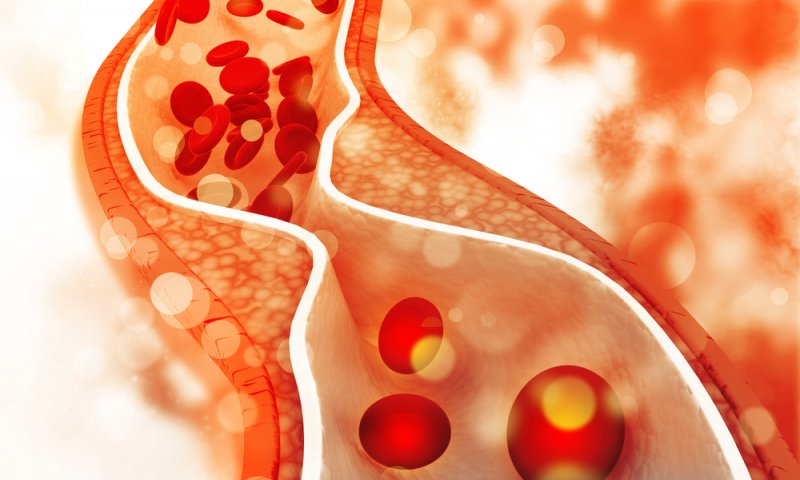
When the artery is completely closed, blood flow stops. Because of this, the tissue, which received the necessary substances from an already closed vessel, begins to die. If a plaque appears on the heart, it can lead to angina pectoris and other diseases.
The basic principles of diet
Good nutrition is the main principle that a lipid-lowering diet follows. Nutrition rules and recipes are developed by professional nutritionists. All foods consumed should be low in calories and nutritious. Consumption of animal fats should be minimized. Polyunsaturated fats found in seafood and vegetable products, in contrast, should be used more often in food.

Proteins play an important role in the diet. So, when choosing meat, you should give preference to one that contains a minimum of fat. The skin of meat products should not be used as food. Frying in oil is also prohibited. It is better to give preference to a turkey or chicken. The ideal choice is fish meat, which is recommended to be boiled or steamed, serving on the table with vegetable side dishes.
Complex carbohydrates should be included in the diet daily. It can be fruits, vegetables, as well as cereals. It is recommended to consume bran or rye bread. Confectionery and butter products should also be excluded from the diet if a lipid-lowering diet is prescribed. The menu also does not include the use of butter, mayonnaise and other fatty dairy products.
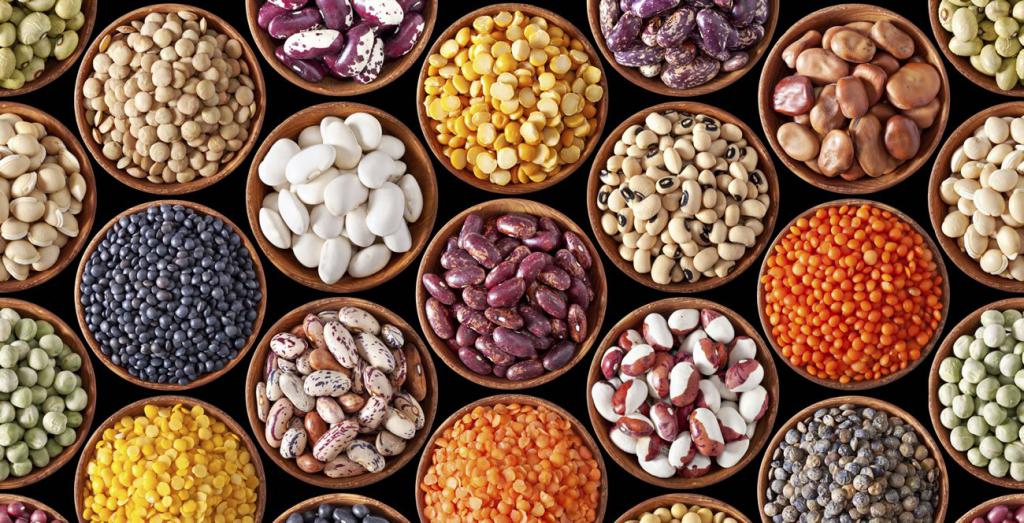
Of great importance is the frequency of meals. It should be consumed in small portions, during the entire time during which the lipid-lowering diet is followed. The food rules also do not provide for meals in the evening, after 18:00. However, if the feeling of hunger makes itself felt, you can drink a little kefir or eat an apple.
Indications and contraindications
A lipid-lowering diet is designed primarily for people with diagnoses:
- Hypertension.
- Angina pectoris.
- Myocardial infarction.
- Stroke.
It is prescribed for high cholesterol and vascular diseases. It is also suitable for the elderly and people who are overweight.
What foods should I limit?
If a lipid-lowering diet is followed, products from this list should be excluded from the diet or their consumption should be as limited as possible:
- high sugar drinks and alcohol;
- Confectionery: cakes, biscuits;
- White bread;
- pasta;
- fish roe and liver;
- meat offal;
- sausages, lard, boiled pork, meatballs, sausages, various smoked meats, lamb and pork;
- meat broths;
- coconut and palm oils;
- pork fat, spreads, margarine.
Allowed Products
Products and drinks that can be used without restriction in the daily diet:
- vegetables;
- fruits and berries;
- herbs and spices;
- seafood;
- vegetable oils;
- tea, freshly squeezed juice, fruit drinks, jelly.
When consuming these foods and drinks, you must follow the rules that the lipid-lowering diet provides. The rules are simple: spices should be spicy, and fruit drinks and jelly without sugar. Also, do not forget about the proper heat treatment of food - frying is prohibited.
Menu for the week
The daily menu of a person who has gone on a diet consists of simple recipes and snacks. It will take a little time to prepare food, and small portions that should be taken will give a feeling of lightness and satiety. The presented menu is approximate and can be changed, this is a good lipid-lowering diet. The list of products is easily adjusted according to preference.
Monday
- Breakfast: Oatmeal on the water and green tea.
- First snack: Salad of fruits and berries.
- Lunch: Peppers with rice and a glass of freshly squeezed juice.
- Second snack: A few cereal breads and a pear.
- Dinner: Borsch, cooked in vegetable broth, with low-fat sour cream.
Tuesday
- Breakfast: Vegetable salad and black tea.
- First snack: Grapefruit.
- Lunch: Boiled chicken with buckwheat and a glass of juice.
- Second snack: Dried fruits.
- Dinner: Vegetable salad with baked fish.
Wednesday
- Breakfast: Sugar-free coffee beans and low-fat cottage cheese.
- First snack: Mango.
- Lunch: Vegetable soup with two slices of rye bread.
- Second snack: Greek salad.
- Dinner: Steamed vegetables and breast (baked) turkey.
Thursday
- Breakfast: Brown rice with honey and green tea.
- First snack: Orange and some bread.
- Lunch: Borsch cooked in vegetable broth, black tea.
- Second snack: Seaweed salad.
- Dinner: Oatmeal on the water and a glass of juice.
Friday
- Breakfast: Muesli with natural yogurt.
- First snack: Pineapple.
- Lunch: Soup with chicken meatballs, dried fruit compote.
- Second snack: Pear.
- Dinner: Pumpkin porridge and a glass of kefir.
Saturday
- Breakfast: Cottage cheese casserole.
- First snack: Omelet from a pair of eggs and green tea.
- Lunch: Buckwheat and boiled chicken breast, freshly squeezed juice.
- Second snack: Fat-free cottage cheese with dried fruits.
- Dinner: Vegetable salad and fish.
Sunday
- Breakfast: Buckwheat porridge with raisins and coffee.
- First snack: Yogurt with berries.
- Lunch: Lentil soup with beans, bread rolls and freshly squeezed juice.
- Second snack: A pair of baked apples.
- Dinner: Steamed river fish, rice.
An important addition: it is not recommended to refuse vegetable fats at all. This can lead to bad consequences. You can also use marmalade, fruit jelly and jelly not sprinkled with sugar as a sweet. A lipid-lowering diet for a week can be adjusted. It all depends on the products available.
How to get out of a diet
From the diet should go smoothly. The use of dairy products can contribute to this. It is recommended to start with cottage cheese, one hundred grams of which should be included in one daily meal. Cottage cheese is best consumed for breakfast or during afternoon tea. Gradually, you can start adding milk to your morning cereal.
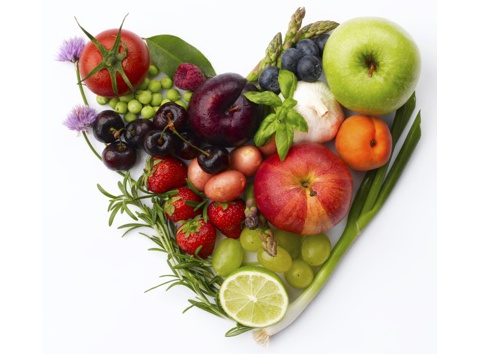
Red meat can be added to soups . However, it must be prepared separately from the soup, the broth of which must remain vegetable, according to the rule that the lipid-lowering diet provides. The menu for the week should be regularly supplemented with new products, gradually returning to the previous diet.
Recipes
Going on a diet does not mean depriving yourself of the opportunity to enjoy delicious food. Below are the recipes for several dishes that will help diversify the menu if a lipid-lowering diet is followed. Recipes are designed specifically for healthy nutrition.
Semolina pudding with apples
List of required ingredients:
- medium-sized apple;
- half a glass of milk;
- egg white - 2 pcs.;
- egg yolk - 1 pc.;
- semolina - 2 tbsp. l .;
- sugar - 1 tbsp. l .;
- table salt - to taste;
- butter - 1 tsp.
Semolina is boiled in milk. When the cooked porridge has cooled, you need to add the grated apple to it. Then oil, yolk and sugar are added. Lastly, proteins are added, whipped with salt until a uniform foam is formed.
The mixture must be thoroughly mixed and poured into a baking dish. Cook for 30-40 minutes in the oven at 180 ° C.
Italian vegetables
Ingredients:
- celery;
- carrot;
- savoy cabbage;
- champignons;
- zucchini;
- olive oil;
- clove of garlic;
- Tomatoes
- cheese;
- spices.
Chop the carrots, champignon, celery, zucchini and savoy cabbage and fry in a small amount of olive oil. Then, chopped garlic cloves and tomatoes are added to the stewpan. Spicy herbs can be added to taste.
Pour all over vegetable broth and simmer over low heat for 20 minutes. Sprinkle the finished dish with grated cheese.
Diet cheesecakes
Essential Ingredients:
- fat-free cottage cheese 3/4 packs;
- egg white;
- carrots - 1 pc.;
- milk - 1 tbsp. l;
- flour - 1 tbsp. l;
- sugar - 1 tsp;
- semolina - 1.5 tbsp. l;
- vegetable oil - 1 tsp;
- a pinch of salt.
Cottage cheese is kneading with a fork. Carrots are grated and placed in a pan. To it is added milk, two tablespoons. water and oil. The mixture must be put on fire and stirring, bring to a boil. Cook for 5 minutes over low heat.
The finished mass must be cooled and add cottage cheese and protein. Sugar and salt are also added at this stage. When the mass is mixed, cams are formed from it. They need to be laid on a baking sheet and put in the oven, preheated to 180 degrees. Cheesecakes are baked for 20 minutes.
The dish is served with low-fat sour cream.
Tips & Tricks
A lipid-lowering diet makes the patient give up most dishes. At first, the restrictions seemed tough. But you need to remember that the diet is aimed at improving health status and adhere to it no more than three months.
Drinking regimen is also important. It is better to drink the liquid 30-15 minutes before eating and after the same period of time after eating. Eight glasses of water are recommended per day.

If in the evening there is severe hunger, you can eat fresh cucumber, apple or carrot. Cranberries and garlic are recommended daily. It is advisable to use fresh garlic in soups and salads.
It is impossible to refuse meat completely. For the body, this is the main source of iron. Starvation is also excluded if a lipid-lowering diet is followed. Food rules and recipes without consulting a nutritionist or doctor should not be changed. Meals should be done on schedule. Dishes should have sufficient calorie content, because due to a lack of calories, the body will begin to store fat. The amount of calories consumed should not exceed 1200 per day.
Diet does not help: what to do?
The effect of the diet will begin to appear in 8-12 weeks. For the third month, you need to check your cholesterol level. In the event that he has not changed much, you should not panic. Even its slightest decrease means that the therapeutic diet works.
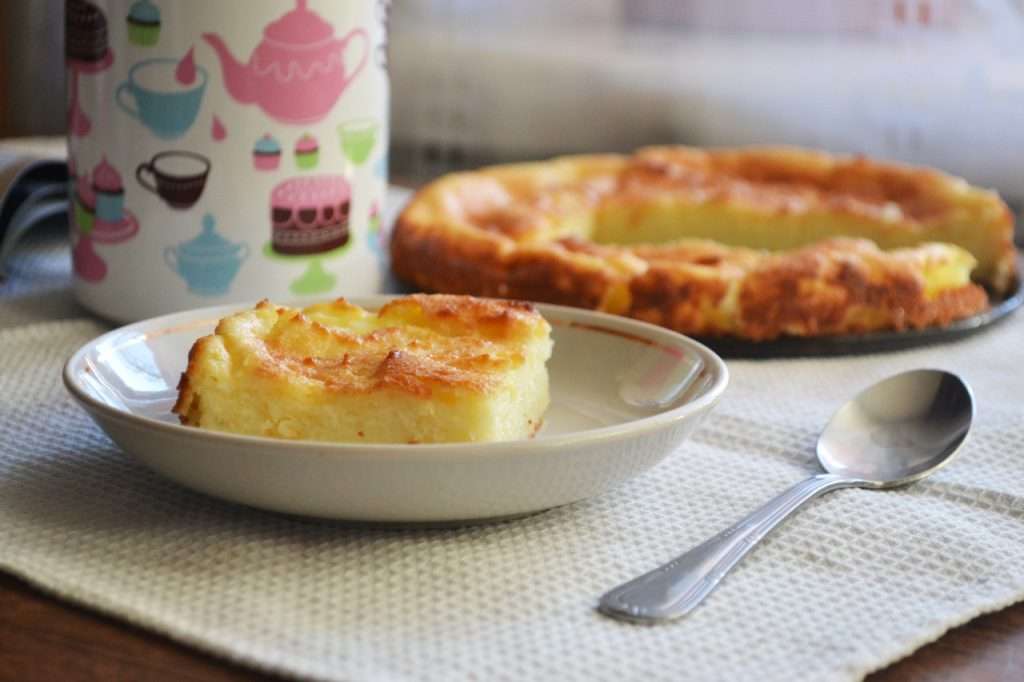
With small changes, you need to evaluate how strongly the established recommendations are followed. And if there are small improvements, this may already be a great incentive to continue to adhere to the diet and "tighten" it even more.
Remember: the goal is to lower cholesterol and normalize it. If the new diet does not give results even after its correction, you should consult a doctor. They may be prescribed a course of drug treatment.
Advantages and disadvantages
The lipid-lowering diet was developed by professional nutritionists, so it has no contraindications. The diet is balanced and can be maintained for a long time. Subject to established requirements, the state of health will improve.
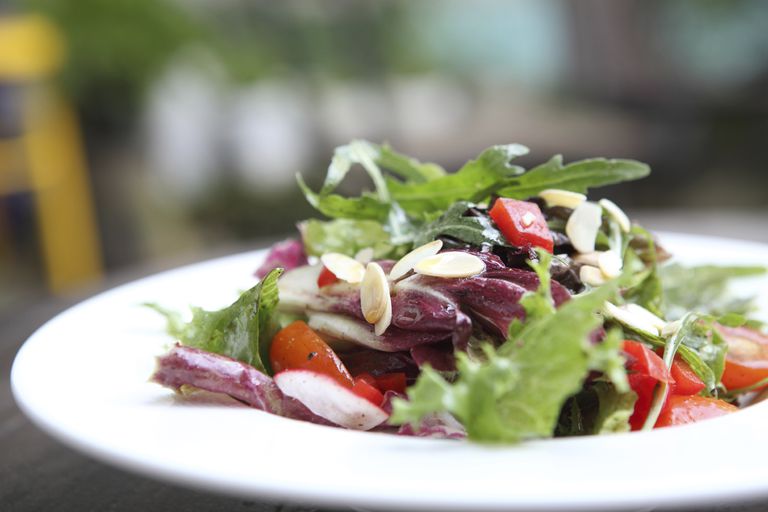
Unfortunately, not everyone is ready to completely abandon harmful products. Because of this, disruptions often occur. Perhaps this is the only minus that the lipid-lowering diet has. The list of foods used in your daily diet may scare some people away. However, do not forget that jokes are bad with health.